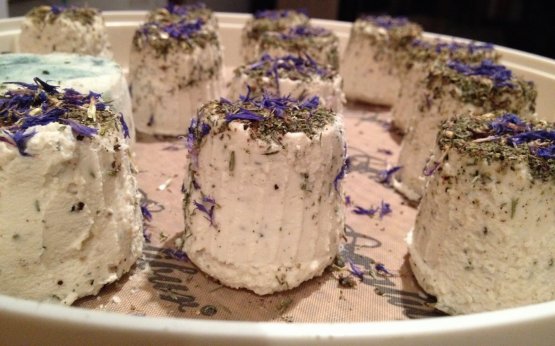When one speaks of domestic waste, left overs in a dish are what straight comes to mind. In fact, one of the main causes is the way in which food is preserved. In the restaurant industry a correct food preservation is subject to rules and techniques are used to preserve the organoleptic characteristics while lengthening a product’s life as much as possible. It’s not just a question of avantgarde techniques, but also of very ancient methods, fine-tuned over time, long before the invention of the vacuum machine. It is thanks to the protagonists of the world’s fine dining scene that one can rediscover some procedures which, besides preserving, transform products creating original and often irresistible flavours and textures, as in the case of smoked, fermented and dried products.
An interesting example of preserving outside the box is the use of sand, particularly common in Northern Europe, and adopted by Kobe Desramaults, chef at In De Wulf (Belgium). This is an ideal method for preserving tubers in the autumn and winter. Get a wood box and fill it with very dry sand, earth or sawdust. Preserve onions, potatoes, carrots, turnips, beets, celeriac, roots and apples inside of it. The products packed with this technique preserve flavours and aromas for a long time, contrary to what happens in the fridge.

Cristina Bowerman of Glass Hostaria in Rome uses smoking to add aroma
Another interesting technique is
salting, that is to say the use of salt to preserve vegetables, meat and fish by covering them with salt or immersing them in brine (usually with an 8-10% salt ratio). Salt chloride dehydrates the cells and prevents the development of bacteria and mould. We can find different examples of this in signature kitchens, such as in the remote one of
Peeter Pihel, previously the chef at
Alexander inside the
Pädaste Manor (Estonia). Even sugar and honey have a similar power as that of salt and prevent food fermentation, as long as their concentration is right.
Preserving food in oil, vinegar and spirit is another very common method in Italy and abroad, which allows preserving food and prolonging its preservation while preventing the development of microorganisms and enriching their taste. Offering guests the fruit of his vegetable garden in the shape of preserves is for instance what Daniel Berlin at Krog i Skåne (Sweden) does. He also often uses another very ancient preserving technique that can give dishes some irresistible aromas, namely smoking.

Vegan chef Daniela Cicioni’s fermenting containers with macadamia and spirulina and heather flowers
Home made smoking is less simple than the other techniques but it is not impossible. For instance, there are mini sets with an electric pipe, or one could build a smoker using a pot and little more. In some cases smoking is only used to give aroma, as with some dishes by
Cristina Bowerman of
Glass Hostaria in Rome. In other cases it is a true preserving technique, obtained by subjecting food to smoke and heat at a temperature of 100-130°C. In order not to change the texture of the product it is possible to have a cold smoking, but only once the product was dried.
Drying exceeding fresh products is another way of preserving them for a long time, even at room temperature, in little space. The ideal drying temperature is 40°C, in order to do it in the best way, it is preferable to use a drier, but if you’re not particularly demanding you can try to build one yourself, with an old lamp and a recycled wood box.